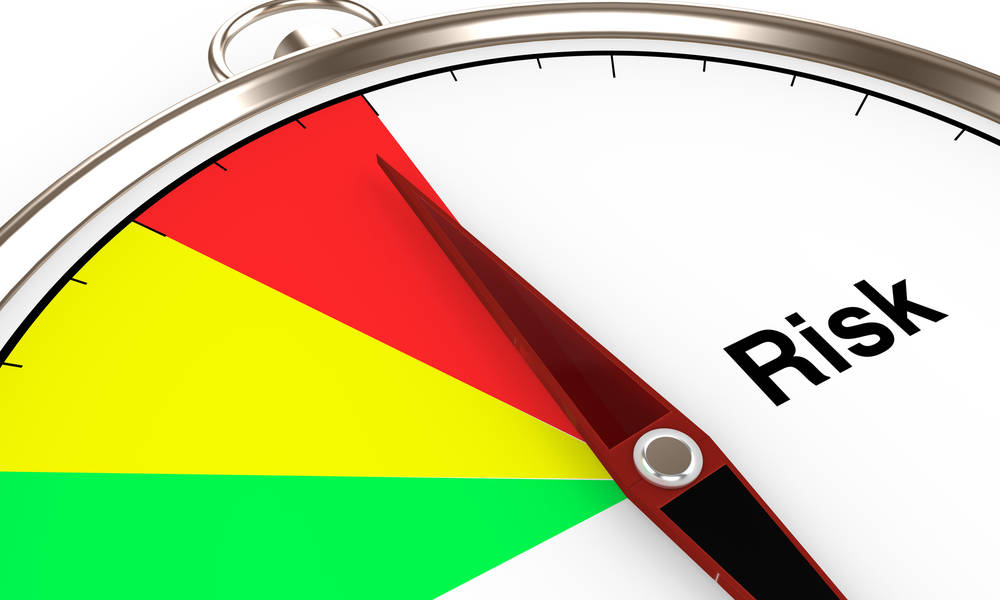
How to Create A Risk Register for Your Association
Effectively managing risk is key to the success of any organization. Creating a risk register and implementing an action plan based on its findings is one way that associations can manage their own risks.
Risks are those “what ifs” that keep you up at night.
As associations, “we are exposed to risk just by the nature of our activities and the environment in which we operate,” said Stephanie Jones, CAE, senior director of conferences and event management at the Water Environment Federation (WEF).
Whether it’s a natural disaster that threatens a long-planned conference or an embezzlement that endangers the financial stability of an association program, there are an array of risks that associations experience simply by operating. But a robust risk-management program can go a long way to getting you back to a restful night’s sleep.
Creating a risk register is one way that associations can get started. The basic idea is that an association would make a list of its risks and then apply different weights to those risks, based on the likelihood of them happening and the level of consequence the organization sustain if they did occur.
This process then forms the basis of an association’s risk treatment plan, or the ways in which the association will strive to mitigate those risks through the creation and implementation of an action plan.
Jones noted that most associations have some sort of controls in place (e.g., an IT privacy policy or event-cancellation insurance). However, conducting an organization-wide risk register offers “a big picture of where you are and where you need to be.”
For instance, back in 2015, as a result of its risk register process, WEF conducted an IT audit. “What we found is that we were extremely well-protected, but there were some areas that we needed to beef up, so we did that,” she said.
The risk register also revealed there was also room for improvement in its crisis communications plan at events, so WEF put a new plan and protocol in place.
But it’s also important to acknowledge that this isn’t a one-and-done activity. “It’s a living, breathing document that you need to look at every year. Your treatment plan should change every year,” Jones said.
There are a bunch of risk-register templates that associations can use, but Jones advises that they customize it to reflect their unique business operations and to align it with their strategic plans.
At the end of the day, risk management is about developing a plan and controls to mitigate risks, so “they don’t become a financial or reputational burden to the association,” she said.
What tools does your association use to manage risk? Please leave your comments below.
(BeeBright/iStock/Getty Images Plus)






Comments